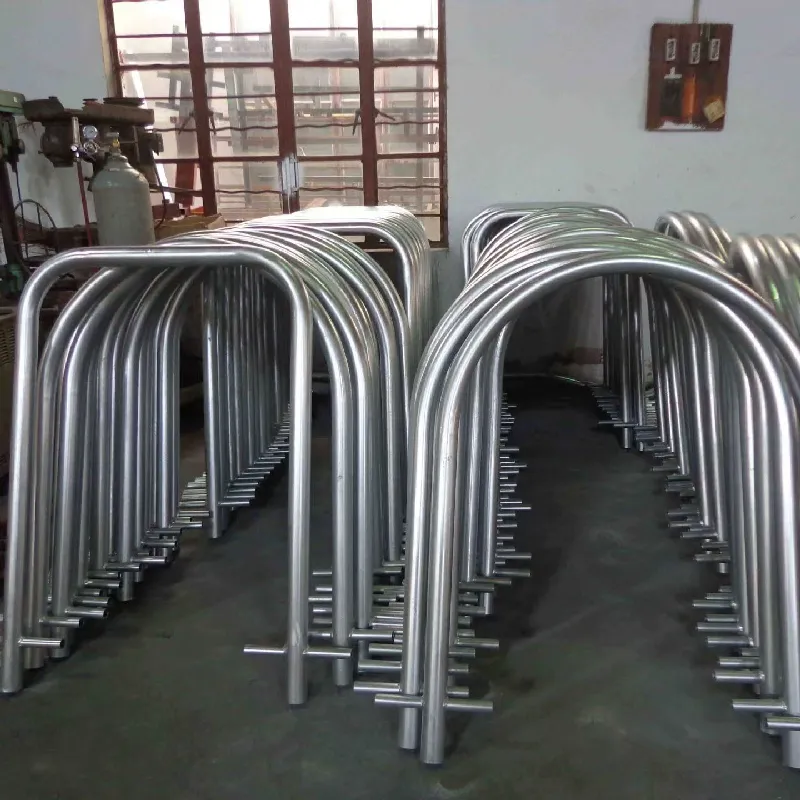The Reason for Manhole Covers Being Circular in Design
Why Manhole Covers Are Round
Manhole covers are an essential component of urban infrastructure, serving as the access points to underground utilities such as sewage systems, water mains, and electrical wiring. One of the more intriguing aspects of these covers is their shape—almost universally round. While it may seem like a trivial detail, the roundness of manhole covers is a result of practical engineering considerations, safety, and historical usage.
Structural Integrity
One of the primary reasons manhole covers are round is structural integrity. A round shape evenly distributes weight, allowing the cover to withstand the heavy loads from vehicles passing over it without cracking or bending. When a manhole cover is placed in the ground, pressure is applied from all directions, and a circular shape ensures that this pressure is distributed evenly across the entire surface. Other shapes, like squares or rectangles, could create weak points at the corners, leading to potential breakage or deformation over time.
Safety Concerns
The round shape of manhole covers also minimizes safety hazards. A square cover can be flipped diagonally and potentially fall into the hole, creating a dangerous situation for pedestrians and vehicles alike. In contrast, a round cover cannot be inserted into the hole at an angle because its diameter is consistent all around. This design feature significantly reduces the risk of accidents, ensuring that the covers remain securely in place.
Ease of Handling and Installation
Round manhole covers are easier to handle and install. Their symmetrical shape allows workers to roll them, making transportation and placement simpler than with heavier, angular counterparts. When a team needs to lift a cover, they can often do so with a straightforward turning motion rather than having to worry about aligning corners or special handling techniques required for other shapes. This practicality improves efficiency, especially in the fast-paced environment of urban maintenance.
why manhole cover is round

Manufacturing Considerations
From a production standpoint, manhole covers are also simpler to manufacture when they are round. The casting process involves creating molds, and circular molds are easier to make and fill uniformly. Moreover, a round design can be created with fewer seams than a square or rectangular cover, leading to increased durability and reduced likelihood of structural failure.
Aesthetics and Standardization
In many cities, manhole covers serve as a blank canvas for local artistry, displaying emblems, logos, or designs that reflect local culture. The circular shape lends itself well to artistic embellishment, as the symmetry can enhance visual appeal. Furthermore, standardizing manhole covers in a round shape simplifies inventory for city planners and engineers, allowing for the interchangeability of covers across different locations.
Historical Background
Historically, the design of manhole covers evolved over time. Early manhole covers were made from various materials and shapes, including wooden or rectangular versions. However, as urban areas expanded and the need for a more practical solution arose, the round design became the preferred choice. This evolution exemplifies the interplay between necessity and engineering efficiency, leading to the widespread adoption of the round manhole cover.
Conclusion
In conclusion, the round shape of manhole covers is far from arbitrary; it is a design that encompasses numerous practical considerations. From structural integrity and safety to ease of handling and manufacturing, the circular form serves as both functional and effective in urban environments. The decision to standardize manhole covers in this shape has not only improved the efficiency of maintenance operations but has also contributed to public safety and aesthetic considerations in city planning. The next time you encounter a manhole cover, consider the engineering principles that shaped its design and the vital role it plays in the urban infrastructure we often take for granted.
-
The Smarter Choice for Pedestrian AreasNewsJun.30,2025
-
The Gold Standard in Round Drain CoversNewsJun.30,2025
-
The Gold Standard in Manhole Cover SystemsNewsJun.30,2025
-
Superior Drainage Solutions with Premium Gully GratesNewsJun.30,2025
-
Superior Drainage Solutions for Global InfrastructureNewsJun.30,2025
-
Square Manhole Solutions for Modern InfrastructureNewsJun.30,2025
-
Premium Manhole Covers for Modern InfrastructureNewsJun.30,2025
